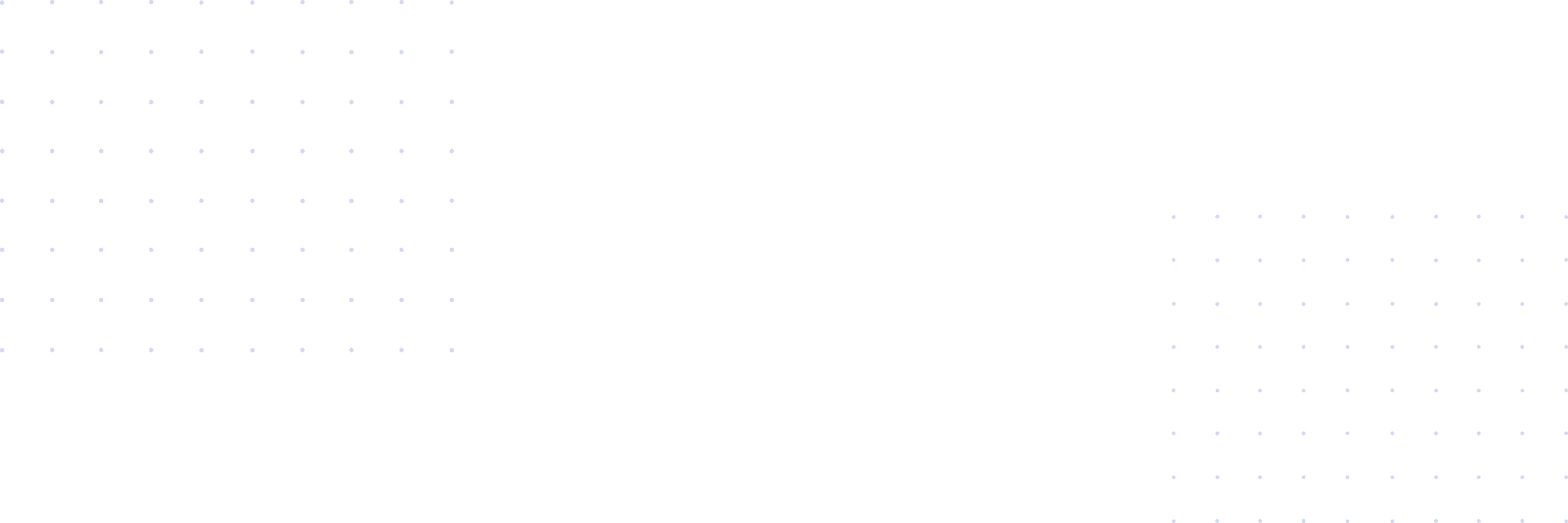Did you know you can secure a home loan without providing any documentation? While these loans don’t exist like they used to, you can still get a no-doc mortgage if you don’t meet the income requirements of a traditional loan program. A no-doc mortgage, typically referred to as a stated income loan or no-income verification mortgage, requires no paperwork, and it’s easy to get approved.
Here’s what you need to know about stated income loans, how they work, and whether lenders still offer the loan program.
What Are Stated Income Loans and How Do They Work?
A stated income loan is a loan program that allows you to secure a home loan without verifying your income. Instead, borrowers declare their income, and lenders take at their word rather than presenting their tax returns, W-2s, or pay stubs. Stated income mortgage loans are a good option for self-employed individuals and anyone who might have problems documenting their income.
With the many changes that have taken place since the 2008 housing market crash, you might be wondering how stated loans work. The stated income mortgage applications that exist today are different from the past ones. In the early 2000s, a borrower could verbally state their monthly gross income, which would be used to evaluate their eligibility.
The loan programs available today require you to provide proof of income. When applying for a stated income loan, the lender will use bank deposits to prove your income. In addition, you can use months of bank statements instead of tax returns to show your ability to repay the loan.
Who Are Stated Income Loans For?
Stated income mortgage loans were initially created for self-employed borrowers. So, the loan program is the best financing option for individuals running a small business or those in the gig economy working as freelancers or independent contractors whose income is unpredictable and more difficult to verify than regular W-2s.
Stated Income Loan vs. Traditional Mortgage: How Are They Different?
Stated income loans require borrowers to state their income to qualify for a mortgage. This is a flexible form of financing for individuals with unpredictable income, such as small business owners and self-employed people. The loan program doesn’t require income verification, making it a popular choice for borrowers who might have difficulty documenting their income.
A traditional mortgage or doc mortgage, on the other hand, is a type of home loan not backed by a government entity. Instead, mortgage companies and financial institutions like traditional banks and credit unions offer them. Unlike stated income mortgage loans, conventional mortgages require a series of verification documents.
To qualify for a conventional mortgage loan, most lenders require a good credit score, a 50% or lower debt-to-income (DTI) ratio, and at least a 20% down payment. You’ll also need to prove that you can repay the loan by providing your bank statement deposits. The exact things you’ll need to qualify for a traditional mortgage vary by lender.
Do Lenders Still Offer Stated Income Loans?
Prior to the 2008 housing market crash, stated income loans were very common. Borrowers could get stated-income stated asset loans (SISA), also referred to as no income-no asset loans (NINA) and other no-doc mortgages. During this period, borrowers without a steady income and low credit could just state their income and get mortgage approval.
In 2010, the Dodd-Frank Wall Street Reform and Consumer Protection Act transformed stated income loans. As a result, borrowers can no longer take these types of loans without proving their income. This offers protection to lenders so that they do not lend to applicants who might default on their monthly payments.
The bottom line is that state income mortgage loans no longer exist since they require no income documentation. However, several alternative income mortgages are available for applicants looking for flexible forms of financing to purchase or refinance their dream homes.
Alternatives to Stated Income Loans
Even though stated income loans are hard to get nowadays, there are non-traditional home loans available for individuals who may not qualify for conventional loans for one reason or another. These loans, however, come with higher interest rates than other loan programs, but they have lenient requirements, making it easy to qualify.
Here are alternative income verification loans to consider if stated income mortgages don’t sound appealing. Most of these options, though, are non-QM, or non-qualified mortgages, meaning they do not meet the lending standards set for conventional home lending.
Bank Statement Loans
A bank statement loan is a loan program that allows you to get a mortgage using your bank statement deposits rather than your income tax returns, W2s, or pay stubs. Mortgage lenders use bank statements as proof of income. The loan program is best suited for self-employed home buyers, freelancers, and gig economy workers.
If a bank statement loan sounds like a good financing option for your needs, it’s time to shop for a lender. Of course, you can’t go wrong with an online lender like Angel Oak Mortgage Solutions. The full-service lender offers a wide range of mortgage products, including bank statement loan programs.
To qualify for a bank statement mortgage loan through Angel Oak Mortgage Solutions, you need to meet the following requirements:
- 12 to 24 months of personal and business bank statements
- 1099 form if you’re a gig economy worker
- You plan to spend the loan amount to purchase or refinance your primary residence, second home, or investment properties.
Fill out an online application form to find Angel Oak’s loan officer or get a quote for a bank statement loan.
Asset-Qualifier Home Loans
Asset qualifier home loan is a loan product that lets borrowers secure a loan using their liquid assets instead of income. Liquid assets are those assets that can be quickly converted into cash. They can include checking and saving, retirement, and investment accounts, like stocks, bonds, and ETFs.
Angel Oak’s asset qualifier program is one of the most flexible funding solutions. You don’t need any proof of income, no DTI requirements, and you can use the funds to purchase, cash-out, or refinance.
You can get up to a $3 million asset qualifier loan through Angel Oak Mortgage Solutions. The requirements include:
- A minimum of $500,000 in assets post-closing
- Assets must be seasoned for at least six months
- Up to 5 years of seasoning for foreclosure, short sale, or bankruptcy
Investor Cash Flow Loans
If you’re a real estate investor looking for fast access to funds to grow your investment portfolio, an investor cash flow loan might help. With this type of loan, you use the cash flow on your real estate property to secure a loan instead of personal income or employment verification.
The maximum investor cash flow loan amount through Angel Oak Mortgage Solutions is $1.5 million, and you can use the funds for purchase or cash out. Qualifications are typically based on your property cash flow and property types.






